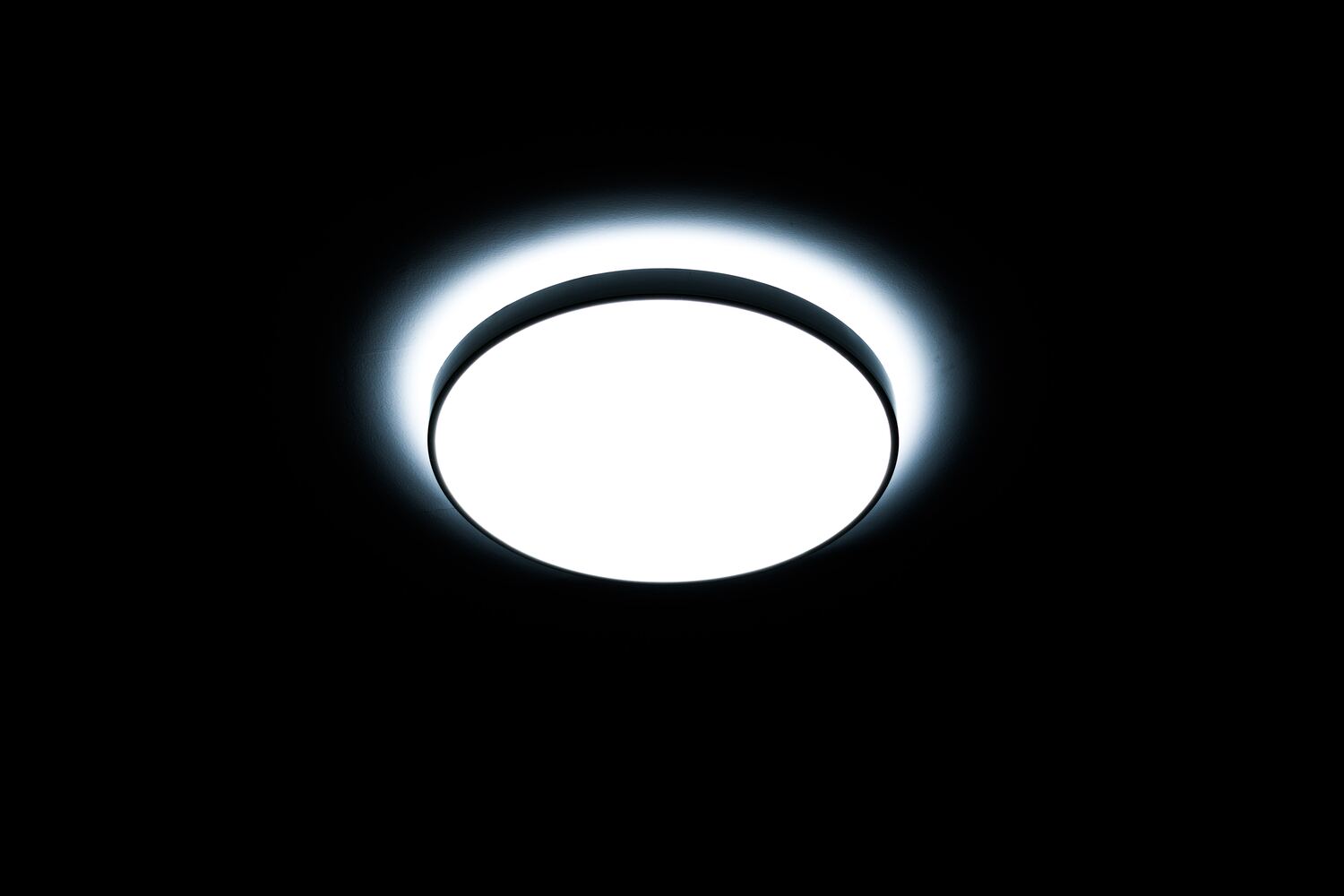With the surge in popularity of sleek and minimalist interior design, many LED light users find themselves with modern ceiling light covers that lack visible screws. While this design approach adds a clean aesthetic to any room, it can pose challenges when attempting to remove or replace the cover. This guide seeks to demystify the process, offering step-by-step techniques to tackle this home maintenance task with ease.

TABLE OF CONTENTS
Emphasis on Safety
Safety should always be at the forefront of any electrical project, including the process of removing a ceiling light cover without screws. First, always ensure that the power is switched off at the breaker box. This minimizes the risk of electrical shocks, which could lead to serious injury. Remember that dealing with electricity is not a task to be taken lightly.
In addition, having a stable ladder or platform is of utmost importance. A solid, well-positioned ladder will provide a safe and secure platform that minimizes the risk of slips or falls. Do not rush or take any shortcuts when you are up on the ladder. Take your time to maintain your balance and ensure your safety.
Use appropriate personal protective equipment. This includes safety glasses to shield your eyes from falling dust or debris and gloves to protect your hands from cuts or scratches that might occur while you're handling the light fixture or cover. Never overlook these essential safety steps. They not only protect you but also make the process much smoother.
Remember, if at any point you feel uncomfortable or unsure, it's always safer to seek help from a professional electrician. They have the knowledge, tools, and experience to handle these tasks safely and correctly.

The Twist and Turn Method
- Preparation
In this initial stage of the process, it's recommended to put on safety glasses and gloves. When you begin to remove the cover, debris or dust might fall from the fixture. The glasses will protect your eyes, while the gloves will keep your hands safe from potential cuts or scratches.
- Locating the mechanism
A crucial part of the process involves identifying how the cover is secured. Most screwless light covers use a clip or twist mechanism. By carefully running your fingers around the edges of the cover, you can often feel for any indentations or tabs. These are indications of the mechanism that holds the cover in place.
- Rotation to remove the cover
Once you've located the mechanism, it's time to get the cover off. Grip the edges of the light cover firmly, and gently try to rotate it counter-clockwise. Most light covers should come off with a simple twist and pull maneuver.

The Clip or Latch Method
- Inspection
If your initial attempts to twist and remove the light cover prove unsuccessful, your light fixture might use a clip or latch mechanism instead. Inspect the sides of the fixture for any small levers or clips. They can sometimes be hard to spot, so don't hesitate to use a flashlight if necessary.
- Release of the latch or clip
Once you've identified the clip or latch, gently push on it. This should release the catch holding the light cover in place. Remember, the key is to apply gentle but firm pressure to prevent any damage to the fixture.
- Removal of the cover
Once the latch or clip is released, you should be able to remove the light cover. Start by applying a slight downward pressure to the cover to ensure it is indeed free. Slowly and gently, start pulling the cover downwards. Maintain a firm grip to prevent the cover from slipping out of your hands, but be careful not to apply excessive force. Too much pressure could not only damage the cover or fixture but could also cause the cover to fall suddenly, posing a risk of injury. If the cover doesn't come off easily, double-check the latch or clip to make sure it has been fully released. A little patience goes a long way!

After the Cover is Off
- Safely storing the cover
Once you've successfully removed the light cover, make sure to place it in a safe spot to prevent accidental damage. You might want to rest it on a soft surface, such as a towel or foam pad, to avoid any chance of the cover shattering or getting scratched.
- Replacing the light bulb, if necessary
With the cover off, you now have access to the light bulb and fixture. If a bulb replacement is needed, now is the perfect time to do it. Choose the correct type and wattage suitable for your fixture and cover to prevent any electrical issues.
- Cleaning the light cover
If your light cover appears dusty or grimy, now is an excellent opportunity to clean it. Use suitable cleaning products for your light cover, avoiding any harsh detergents that might wear down or damage the cover.
- Accessing the wiring or other repairs
If you need to access the wiring or perform other repairs, now is the time. Ensure the power is off to avoid any potential risks of electrical shock. If you're not familiar with electrical work, it's recommended to seek professional help.
- Putting the cover back on
Once you've completed all the necessary actions, it's time to put the light cover back. Carefully replace the cover into its position, following the opposite steps of how you removed it. Don't force it if you encounter any difficulties when replacing the cover as it may lead to shattering. If possible, seek help from another person or professional advice.

Conclusion
As we've seen, while smart dimmer switches may come with a higher initial cost, the value they offer in terms of convenience, performance, and energy savings can be well worth the investment for LED users. They integrate seamlessly with smart home ecosystems, providing the ability to control your lighting from anywhere, at any time, while also offering a smoother, flicker-free lighting experience.Moreover, the potential energy savings achieved by using smart dimmer switches, especially with LED lights, can offset the initial expense in the long run.Ultimately, it's essential for LED users to weigh the long-term benefits against the upfront costs. While the initial cost may seem daunting, the convenience, energy savings, and enhanced control over your lighting environment that smart dimmers provide can make them a worthwhile investment for the future.




Share:
Why Are Dimmer Switches So Expensive? An Insider’s Look
Switching to Smart Lighting: How Do Smart Lighting Work?